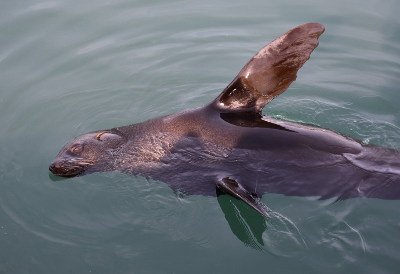Remember that the person who speaks here is NOT me, Vincent Celier (@vcelier), but @terresco, a French guy.
First Leg: South Africa
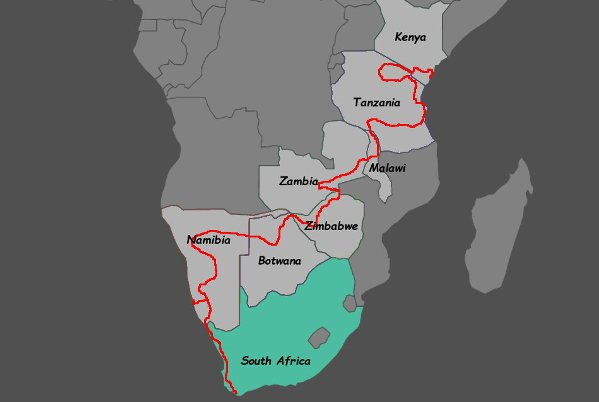
In Cape Town we had two weeks to complete the preparations, meet our friends there and enjoy this beautiful city that we have loved for a long time. Fortunately we find everything in Cape Town and friends of friends have been helping us for the whole organization, material and administrative.
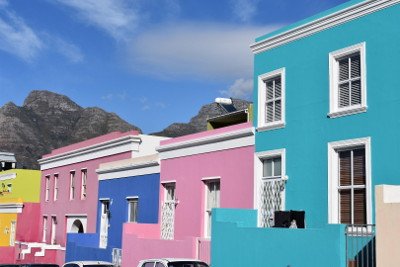 Bo Cape a colorful district of the center
Bo Cape a colorful district of the centerJune is not the best season to visit the region, it's winter. A mild winter, certainly, but that can be rainy. We were lucky and the breathtaking views of
Table Mountain,
Lion's Head, the ocean from the
Camps Bay and
Clifton neighborhoods and all the magnificence of Cape Town, embellished our frenetic preparation with their indescribable light.
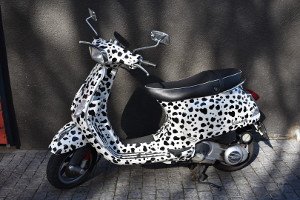 Everyday creativity
Everyday creativityIt is true that the city of Cape Town is not representative of South Africa, but it is a city so beautiful that it can be forgiven. It is often said that it is dangerous, I have never had a problem, I have moved freely and many young women are jogging alone every day. Like all cities I suppose there are neighborhoods, behaviors and hours to avoid. It is without a problem that we embark on our adventure at the beginning of July.
* * * * *
Bye bye Cape Town, we are heading north to Namibia. No need for the GPS for now, there is only one road, the 7, paved and in perfect condition. You are never far from the ocean but the road is not coastal, if you want to see the sea you have to make a round trip. The coast is dotted with seaside villages where South Africans like to meet on Sundays for surfing and pitch (BBQ). The water is very cold there, summer and winter, cold currents rising from the Antarctic. This makes you see animals that you do not necessarily expect when you are in your bathing suit on the beach, some friendly like sea lions, others that make you less dreamy when you surf, white sharks.
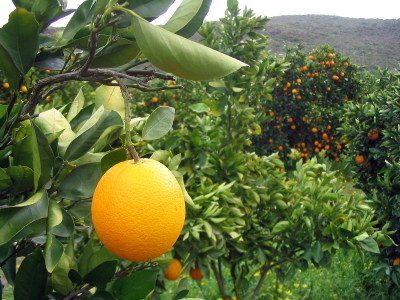
The suburbs of Cape Town are very lively, we quickly go out by a string of highway bridges and other ring roads. For the first two hundred kilometers the road crosses hilly areas populated with fruit trees. Farms with typical architecture, exploited by the descendants of the Dutch who arrived in the region in the 1650s. Always the same story, which I forgot, a ship from the East India Company that stops for some reason and who finally settled there, to set up a trading post, a colony.
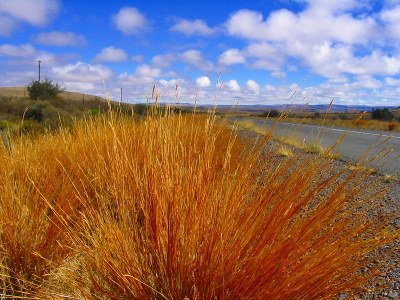 Photo of a previous trip
Photo of a previous tripFurther up, the road unfolds as far as the eye can see in incredible straight lines. This is reminiscent of the roads of southern Argentina, a long straight line surrounded by fenced landscapes. It's the same feeling, infinite and restrictive at the same time, we have the right to go where the road goes. I suppose all these properties are private but most do not seem exploited. In this case the road goes where we want to go, to Namibia, so everything is fine. Sorry for the adventure, it's just hours driving on a road without any risk or difficulty.
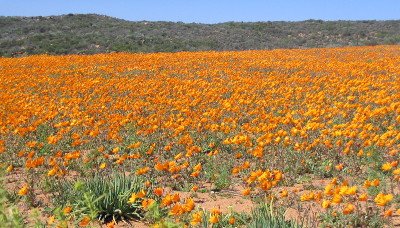 Photo of a previous trip
Photo of a previous tripDuring the austral spring, the region dresses up with blooming seas of flowers forming patchworks of colors over infinite distances. For us, it's not spring when we arrive on the diamond coast. Here we are not bothered by tourism, wild and rugged, the diamond coast goes from the distant Port Nolloth to the mouth of the Orange River whose gorges upstream are so spectacular. It's the Namaqualand. From Port Nolloth we reach the coastal dunes and the deserted beaches. For a walk out of time, the wrecks teaches us the tribute paid by the navigators to venture there. A smell of adventure to be savored only with a 4x 4 equipped for that.
The region must have been a kind of wild west at the time, dream of fortune for fearless adventurers, in pursuit of the diamond. Diamond mining has long been regulated and controlled by huge conglomerates, of which De Beers is the best known. It is still a major issue today, not only in South Africa but also in neighboring countries. We will not be able to cross certain areas of dunes in Namibia because they are prohibited by diamond dealers. Botswana bases its economic growth on diamonds. De Beers is trying to re-establish itself in Zimbabwe and probably in the Democratic Republic of Congo, just a few weeks after the change of government.
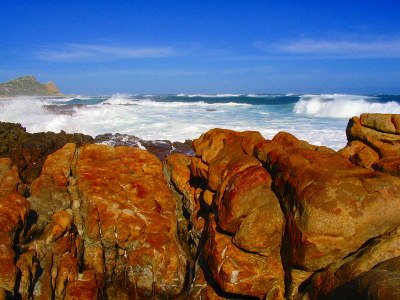
Here on the diamond coast the exploitation is mainly done at sea. Trawlers constantly drag the underwater sands which will be filtered to extract these pieces of crystallized pure carbon which have become, in addition to their industrial uses, and thanks to huge marketing campaigns, which was called advertising, the object of women's desires. Campaigns conducted in the 1940's mainly in the USA by ... De Beers! Diamond is eternal, is not it? And the diamond is a woman's best friend ... Two slogans created by De Beers.
* * * * *
Our South African trek ends with the crossing of the Orange River, which serves as a border between two countries with a close culture, Namibia and South Africa. Easy border crossing, as there is a very old customs union between these countries. After the customs formalities, open to us are all the beauties of Namibia, its coastal dunes, its deserts, its wild encampments and its national parks.
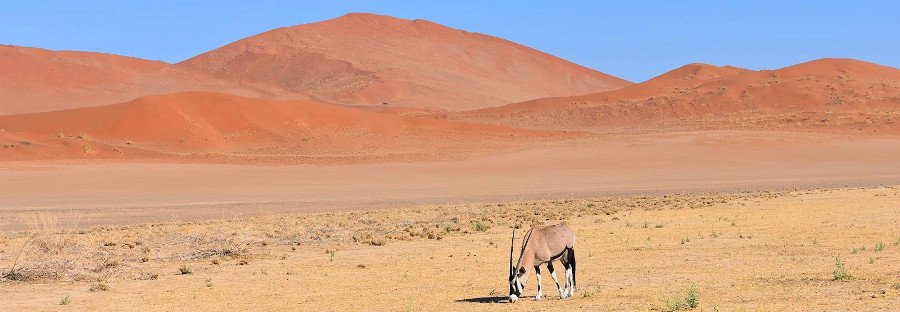
-- @terresco
Africa, the long crossing
All pictures are property of @terresco



